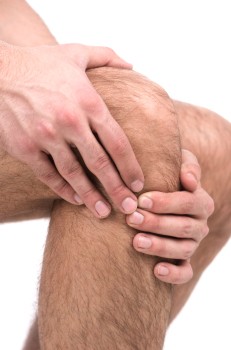As the pressure to adopt non-pharma solutions for chronic pain become more imperative, integrative providers are looking at low-level laser therapy as a viable option. Low-level laser therapy (LLLT) is a form of light therapy that triggers biochemical changes within cells. Photons are absorbed by cellular photoreceptors, triggering chemical alterations and potential biochemical benefits to the human body. LLLT has been used in pain management for years and is also known as cold laser therapy, which uses low-frequency continuous laser of typically 600 to 1000 nm wavelength for pain reduction and healing stimulation. Many studies have demonstrated analgesic and anti-inflammatory effects provided by photobiomodulation in both experimental and clinical
trials.
The purpose of this research article, published in Alternative Therapies in Health and Medicine, is to present a summary of the possible pain management benefits of LLLT. In cold laser therapy, coherent light of wavelength 600 to 1000 nm is applied to an area of concern with hope for photo-stimulating the tissues in a way that promotes and accelerates healing. This is evidenced by the similarity in absorption spectra between oxidized cytochrome coxidase and action spectra from biological responses to light. LLLT, using the properties of coherent light, has been seen to produce pain relief and fibroblastic regeneration in clinical trials and laboratory experiments.
LLLT has also been seen to significantly reduce pain in the acute setting; it is proposed that LLLT is able to reduce pain by lowering the level of biochemical markers and oxidative stress, and the formation of edema and hemorrhage. Many studies have demonstrated analgesic and anti-inflammatory effects provided by photobiomodulation in both experimental and clinical trials.
Based on current research, the utilization of LLLT for pain management and osteoarthritic conditions may be a complementary strategy used in clinical practice to provide symptom management for patients suffering from osteoarthritis and chronic pain.
In this study you will learn:
- How Low-level laser therapy (LLLT) is a form of light therapy that acts on mitochondrial photoreceptors, triggering cell proliferation and fibroblastic regeneration.
- The analgesic and anti-inflammatory effects provided by photobiomodulation.
- How LLLT increases levels of ATP synthesis, oxygen uptake, and RNA and protein synthesis seen in individual mitochondria, and the effect of fibroblastic proliferation and wound healing observed on a more macroscopic level.
Source: Robert Dima, BMSc; Vinicius Tieppo Francio, DC, MS, MD, PhD(c); Chris Towery, PA-C, MD, PhD(c); Saied Davani, RPh, MD, PhD(c). Review of Literature on Low-level Laser Therapy Benefits for Nonpharmacological Pain Control in Chronic Pain and Osteoarthritis. Alternative Therapies in Health and Medicine, Sept. 2018, Vol. 4, No. 25.
To gain access to this article and the rest of our extensive database of full-text articles, please register below or log in here.





